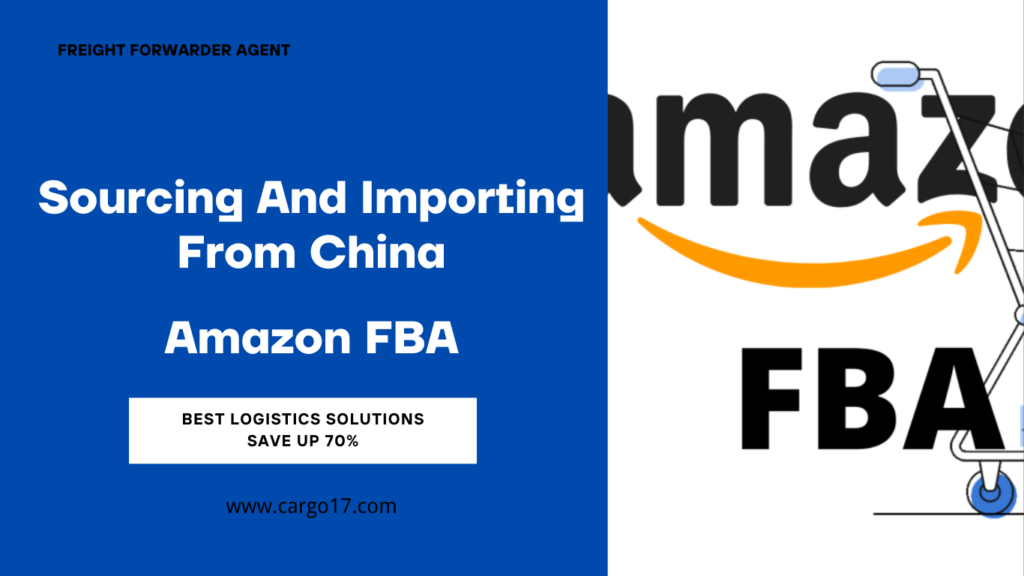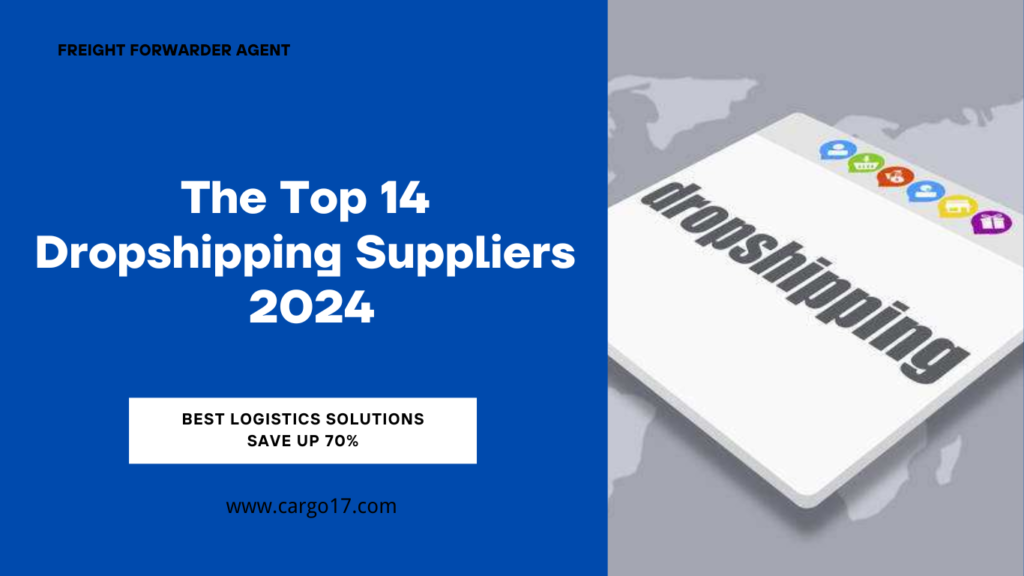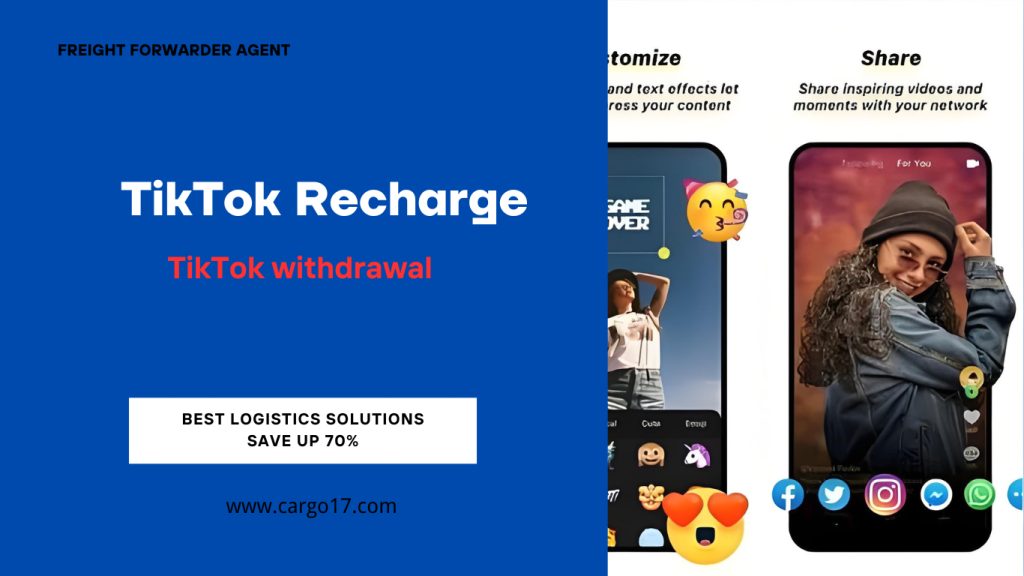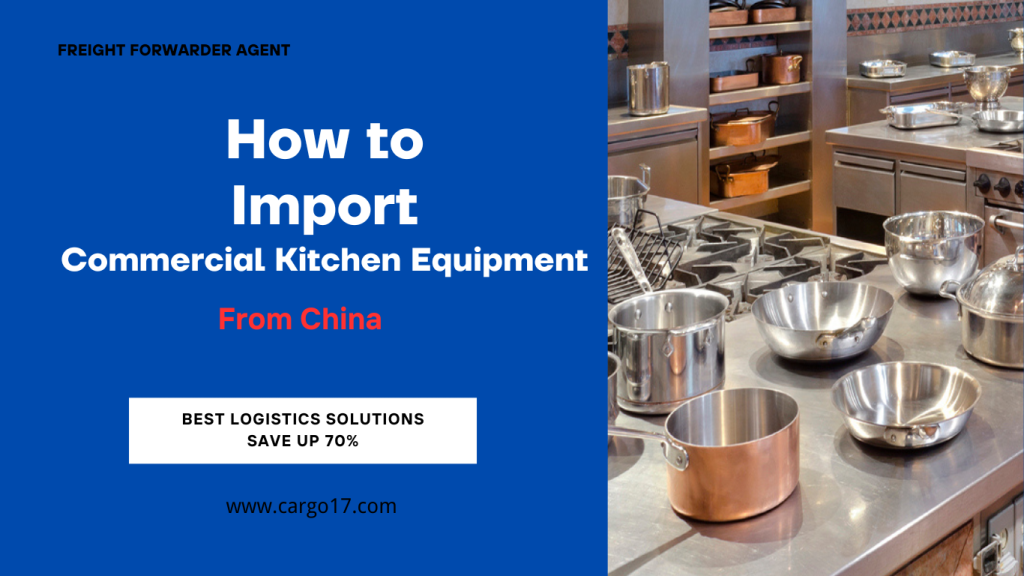Shopify may be the US Internet giant that has adjusted its business the most in the past year.
Just a year ago, Shopify themes were gaining weight. At that time, the company acquired a logistics company with US$2.1 billion, the largest transaction in its history, trying to thicken the moat and achieve new growth through logistics. But in less than a year, Shopify is determined to “slim down.” Some time ago, Shopify sold its self-operated logistics business at a halved price.
Behind the “buying and selling” of the logistics business is the offensive and defensive changes between Amazon and Shopify. In the past, based on SaaS, Shopify continued to extend payment, logistics, finance and other tentacles to arm small and medium-sized independent website merchants to attack Amazon’s e-commerce empire. Today, Amazon has launched the Buy with Prime service. Buy with Prime integrates two major functions of payment and logistics to serve off-site merchants and confront Shopify head-on.
In this head-to-head battle, Shopify is the loser. After breaking the logistics battlefield, Shopify will also face greater challenges.
- The sale of logistics brings hidden dangers to Shopify’s payment business. After Shopify sells logistics, more and more merchants will use Amazon’s Buy with Prime service. Since Buy with Prime integrates the two major functions of payment and logistics, merchants are very likely to switch to Amazon’s payment service for the convenience of operation.
- Shopify’s industry status has been greatly impacted. Shopify is known as the leader against the Amazon Empire rebels, and the majority of third-party merchants regard Shopify as the only infrastructure service provider. But now Amazon is courting off-site merchants, and off-site merchants are also willing to try to diversify their operations, and some merchants have begun to use Amazon’s value-added services.
- Strengthen the main business and become the only hope for Shopify to fight against the trend. Shopify said that focusing on core products was one of the reasons for the sale of the logistics business. Unable to “arm” itself with heavy assets such as logistics, Shopify can only continue to strengthen its main business through technology. Shopify is focusing its business on the combination of SaaS and AIGC. But how big a moat AIGC can bring to Shopify remains to be seen.
The Ultimate Guide to Sourcing and Importing from China for Amazon FBA Success
The Top 14 Dropshipping Suppliers 2024
What does TikTok recharge and withdrawal mean
Full Import Service From China 2024
How to Import Commercial Kitchen Equipment from China 2024
Top 10 Wedding Furniture Manufacturers in China 2024
Shopify loses logistics battlefield
n May 2022, Shopify made the largest transaction in history. The company will acquire logistics service provider Deliverr for US$2.1 billion. After the acquisition, Deliverr became an important reinforcement of Shopify’s logistics service.
Some people in the industry said, “Without Deliverr, Shopify will still need years of hard work to compete with Amazon in the logistics field. Although the cost is “high”, this transaction will be a positive supplement to Shopify’s goal.”
But after a year, Shopify began to throw in the towel. Recently, Shopify founder and CEO Tobias Lütke issued an open letter announcing the sale of the logistics business to Flexport. From the transaction price point of view, Shopify’s logistics business can be called a cheap sale, including the logistics business acquired for US$21 a year ago, in exchange for only about 13% of Flexport’s shares, worth US$1 billion.
Amazon’s sniping is an important reason for Shopify’s cheap logistics business. Shortly after Shopify acquired Deliverr, Amazon opened up its own fulfillment service to merchants across the United States. Compared with Deliverr, Amazon’s FBA logistics service has a better timeliness advantage. In the U.S., 98% of Amazon’s packages in the U.S. can be delivered on the same day or next day. On the other hand, Deliverr maintains a stable timeliness in terms of two-day and three-day delivery.
The important purpose of most merchants building an independent website is to strengthen the brand, so they are more willing to choose FBA with better timeliness. Of course, FBA has more expensive prices, but merchants who pursue cost-effectiveness often have no motivation to replace Shopify logistics due to usage habits. Shopify management has stated that Deliverr currently represents a “very, very small percentage” of Shopify’s overall merchant base.
In the absence of Shopify merchants turning to their own logistics services on a large scale, the effect of the acquisition of Deliverr is extremely limited. To make matters worse, Deliverr has seriously eroded Shopify’s profitability.
In the past, Shopify’s business model was highly appreciated by investors due to its features such as light online delivery, low cost of implementing services, and excellent cash flow. But all this changed after the arrival of logistics assets.
Feedback financially, Shopify’s gross margins have fallen sharply. Before the acquisition of Deliverr, Shopify’s gross profit margin was usually around 55%, but after the acquisition of Deliverr, Shopify’s gross profit margin dropped to 47% in the first quarter of this year.
In the short term, after getting rid of the logistics burden, Shopify will regain its high gross profit in the past, and the company’s profits are expected to recover quickly. But in the long run, the logistics investment will admit defeat, which may bring greater worries to Shopify’s business development.

The payment business is implicated, and the status of the industry is challenged
From the perspective of Shopify’s growth trajectory, after starting as an independent company, the company’s continuous provision of value-added services for merchants is its important growth logic, among which logistics and payment are the two most important directions. By the first quarter of 2023, the company’s solution business revenue composed of payment, logistics, finance, etc. will account for 71%.
As Shopify sells its logistics business, its payments business will be negatively impacted. The root behind this is still competition from Amazon. In the past year, Amazon has launched a blockbuster service, Buy with Prime, for off-site merchants. Buy with Prime combines Amazon Pay (payment) and Amazon Fulfillment (logistics) functions. Through this service, sellers can use Amazon’s free shipping, seamless checkout and other services to operate their third-party stores.
After Shopify sells its logistics business, it means that more and more merchants will turn to Amazon’s Buy with Prime service. At that time, since Buy with Prime integrates the two major functions of payment and logistics, merchants are very likely to switch to Amazon’s payment service for the convenience of operation.
UBS analyst Kunal Madhukar said that Buy with Prime could affect Shopify’s revenue by 6%-14% and gross profit by 2%-6%. Some domestic industry experts believe that Buy with Prime will seize a lot of Shopify’s payment share.
In this regard, Shopify seems somewhat helpless. At first, in order to combat Buy with Prime, Shopify issued a webpage warning to merchants to block Buy with Prime codes. If merchants refused to block, they would not be able to enjoy Shopify’s security protection for merchants. But recently, Shopify’s management has let go and said it is willing to cooperate with Buy with Prime, and the two parties are currently negotiating the revenue share of Buy with Prime.
Behind the severe challenge of the payment business being robbed of share, it reflects the decline of Shopify’s industry status.
At first, Shopify was known as the leader against the rebels of the Amazon empire, and the majority of third-party merchants regarded Shopify as the only infrastructure service provider. But now Amazon is also courting these off-site merchants. Amazon launched Buy with Prime to attract small and medium merchants in the Shopify ecosystem.
Judging from the behavior of some small and medium-sized businesses, small and medium-sized businesses are also accepting Amazon’s “recruitment”. Overseas merchants are also changing their business methods. On the basis of maintaining an independent website to build a brand, based on the consideration of sales volume, small and medium merchants are also willing to embrace more diversified channels, and even “seek refuge” with Amazon.
For example, Peloton, a fitness equipment brand in an independent station, went online on Amazon, and Swoon, a zero-sugar beverage brand, turned to Amazon to open stores while retaining an independent station. The use of Buy with Prime will help merchants better connect the logistics and payment information of independent stations and Amazon stores.
Of course, Shopify’s subscription business remains solid. But under Amazon’s attack, the “exclusivity” of its value-added business is disappearing. At present, its payment and logistics have been affected, and it will cast a shadow over the development of more value-added services of Shopify in the future.
Shopify’s Return to the “Mainline”
When selling logistics, Shopify divides the business into “main quest” and “side quest”. In Shopify’s view, the “main quest” is to provide merchants with easy-to-use tools to build their own Independent site, logistics is a “branch” that distracts attention.
The proposal of the main line and the branch line can be seen as a signal for Shopify to return to the main business. By Shopify’s own admission, a greater focus on its core product was one of the reasons the logistics business was sold.
From the perspective of industrial logic, it is Shopify’s last choice to abandon branch lines such as logistics and return to the main business. The asset-heavy logistics method is not suitable for a company known as SaaS like Shopify. Shopify is mainly good at software and technology, while logistics needs to go offline to strengthen operations. The sale of the logistics business also shows to a certain extent that it is difficult for Shopify to complete the switch from technology to operation genes.
It is difficult to “arm” itself by means of heavy assets, and shopify can only continue to strengthen its main business through technology. Empowering independent stations with AI is the next focus of shopify. Shopify CEO Lütke pointed out that “the emerging AI revolution is another major reason why Shopify has decided to return to its main livelihood, and Shopify will be fortunate to be one of the companies most likely to use AI to help customers.”
Judging from Shopify’s business initiatives, Shopify is focusing its business on the combination of e-commerce software and AIGC.
After the ChatGPT API was opened for commercial use, Shopify took the lead in integrating ChatGPT into applications and services. At present, Shopify has implemented many functions such as platform product review data analysis, title and keyword optimization, marketing copy writing, and intelligent website development and programming through ChatGPT.
From the actual effect, after applying ChatGPT, Shopify’s business efficiency has improved. Taking smart customers (chat bots) as an example, Shopify’s shopping experience is more conversational. Customers only have 1-2 question-and-answer conversations with Shopify’s smart customer service, and Shopify can propose solutions based on user past behavior data.
Objectively speaking, after applying ChatGPT, Shopify can easily achieve the effect of reducing costs by relying on AIGC to replace customer service and programmers. Some time ago, Shopify laid off 20% of its staff, and the market generally believed that AIGC’s efficiency improvement and empowerment was one of the important reasons.
But in addition to reducing costs, whether Shopify can rely on AIGC to enhance product competitiveness still needs follow-up observation. After all, from the perspective of product applications, after Shopify connects to ChatGPT, the upgrade of customer service functions, product recommendations and other functions still depends more on ChatGPT’s own capabilities. In the future, In the combination with ChatGPT, whether Shopify can form unique product functions and advantages is crucial to it.
After all, after the logistics failure, Shopify has no retreat on the main battlefield.
But in addition to reducing costs, whether Shopify can rely on AIGC to enhance product competitiveness still needs follow-up observation. After all, from the perspective of product applications, after Shopify connects to ChatGPT, the upgrade of customer service functions, product recommendations and other functions still depends more on ChatGPT’s own capabilities. In the future, In the combination with ChatGPT, whether Shopify can form unique product functions and advantages is crucial to it.
After all, after the logistics failure, Shopify has no retreat on the main battlefield.






